The cost of solar panels has dropped dramatically over the past 10 years, but the world's brightest scientists continue to search for solutions to make solar panels truly clean energy.
Today, December 4, in Hanoi, the series of scientific discussions for life of VinFuture Week 2024 began. At the session "Materials for a sustainable future", the world's leading energy scientists shared their concerns to develop new materials for solar cells and sustainable applications.

The world's leading scientists continue to search for solutions to make solar panels truly clean energy.
Solar panel prices drop 10 times
According to Professor Martin Green, University of New South Wales (Australia), in the past decade, the price of solar panels has achieved a spectacular decrease. The selling price of solar panels has decreased from 1 USD/1W (in 2009) to 0.1 USD/1W now. The price of a panel is now only 70 USD. The output capacity of a solar thermal plant can replace 10 coal-fired plants. When global energy demand increases to 1TB gigawatt (1 billion GW) in the next 1 year, we will increase the installed capacity, then the cost will be even lower.
The above achievements are thanks to the relentless exploration of scientists to apply the most advanced technology, helping to convert solar energy into electricity most effectively. From 15% efficiency, silicon solar cells have now approached the theoretical efficiency limit, reaching 29.4%.

Professor Martin Green, University of New South Wales (Australia)
Professor Marina Freitag, Newcastle University (UK) introduced the technology of parallel solar cells (which helps solar cells capture the most sunlight), emphasizing the role of combining other materials with silicon, of which perovskite emerged with great promise because this crystal is currently abundant in nature. By using silicon and perovskite in parallel, each specially designed to capture different colors of sunlight, the solar cell achieved a very impressive efficiency: 33.9%.
Plastic waste weighs as much as "1 billion African elephants"
According to Professor Seth Marder, Director of the Institute for Renewable and Sustainable Energy (USA), the problem is that humans are currently paying too high a price for the "miracle material", silicon. Currently, only 9% of plastic waste is recycled. The world has 6.3 billion tons of plastic waste, which is a very serious threat to human health. "6.3 billion tons, this is the mass of 1 billion African elephants and heavier than the total mass of all people in the world", Professor Seth Marder emphasized.
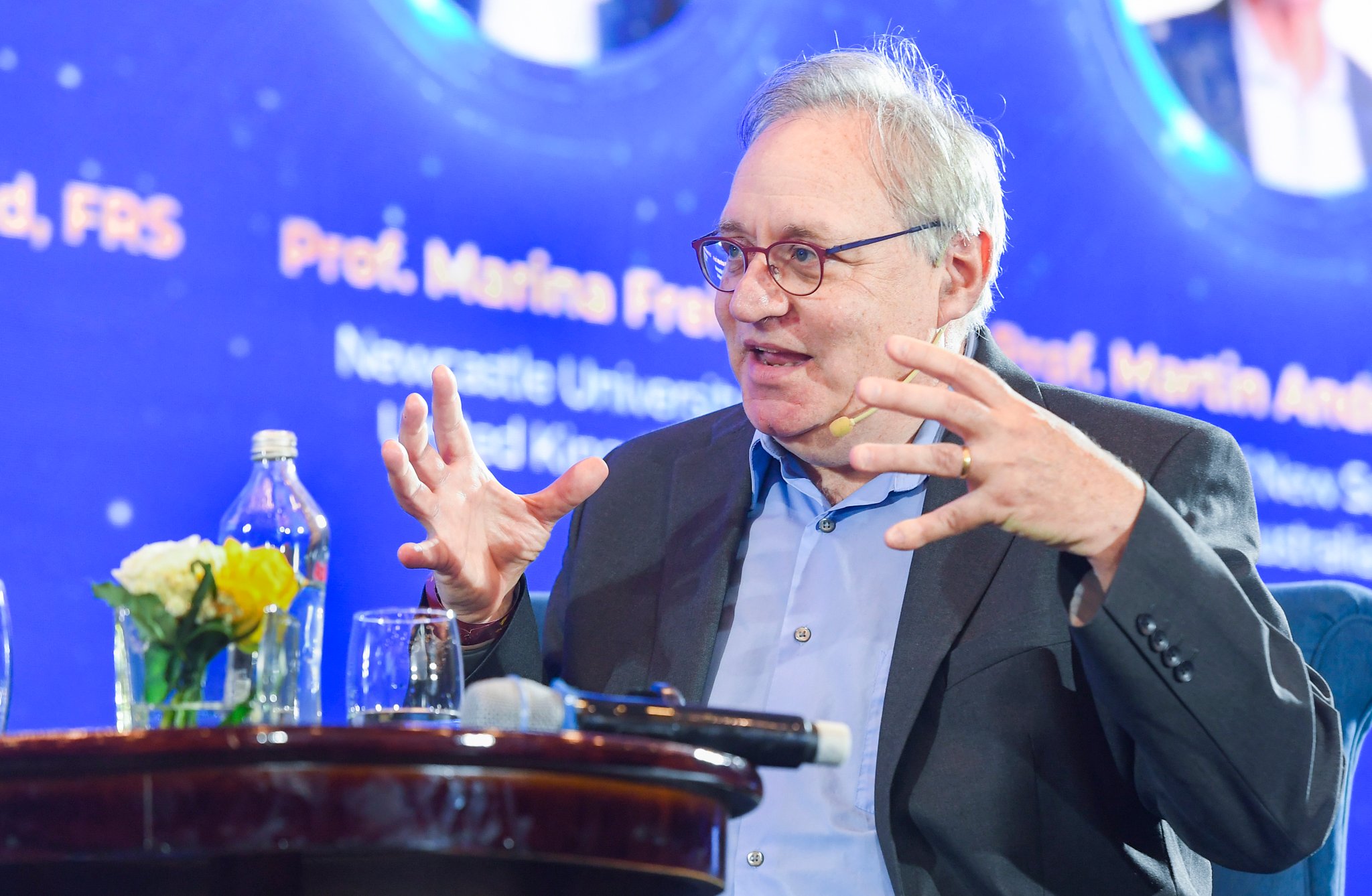
Professor Seth Marder, Director of the Institute for Renewable and Sustainable Energy (USA)
Manufacturing silicon solar cells requires extremely high temperatures – over 1,000°C – which means a lot of energy is needed, says Freitag. Silver, the material used in electrical connections, is becoming increasingly scarce (the solar industry already uses 15% of global silver production).
Parallel technology (which uses perovskite material) allows it to use 85% less silicon than conventional solar cells, while generating more electricity. The perovskite layer can be processed at temperatures below 200°C, which means significantly lower energy consumption for production.
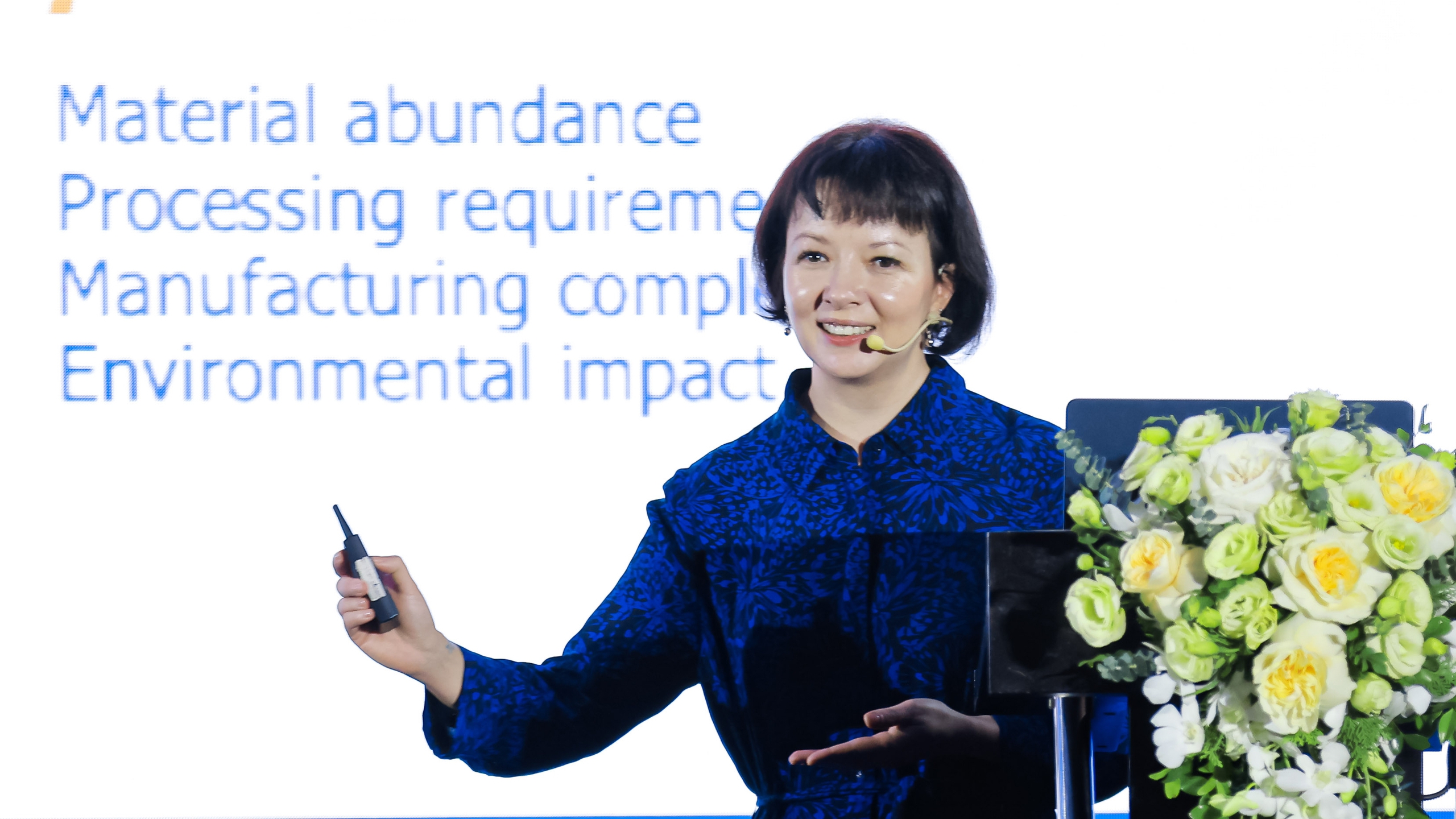
Professor Marina Freitag, Newcastle University (UK)
The problem with perovskite is that it contains lead, although the content is only 0.3g/ m2 , but it is very complicated to deal with this problem after the solar cell has reached the end of its life cycle. Therefore, what materials to choose, what technology, what design… so that after the end of its life cycle, all solar panels can be completely disassembled, their components recovered and reused with minimal waste.
"We are at a pivotal moment in solar technology. The climate crisis requires us to scale up solar energy production to unprecedented levels, with an annual target of 3 TW of solar power by 2030. However, this process needs to be done sustainably from the start. The materials we choose today will impact the planet in the decades to come," said Professor Marina Freitag.
Source: https://thanhnien.vn/pin-mat-troi-re-thoi-thi-chua-du-185241204191516673.htm







![[Photo] Prime Minister Pham Minh Chinh chairs meeting on US imposition of reciprocal tariffs on Vietnamese goods](https://vstatic.vietnam.vn/vietnam/resource/IMAGE/2025/4/5/9b45183755bb47828aa474c1f0e4f741)
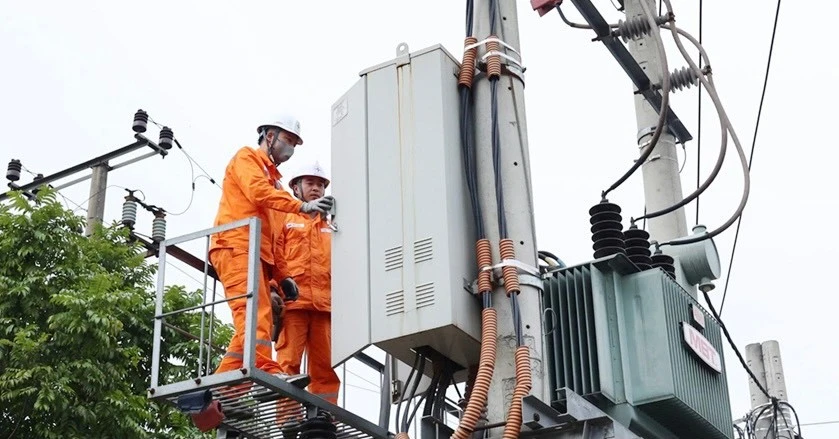






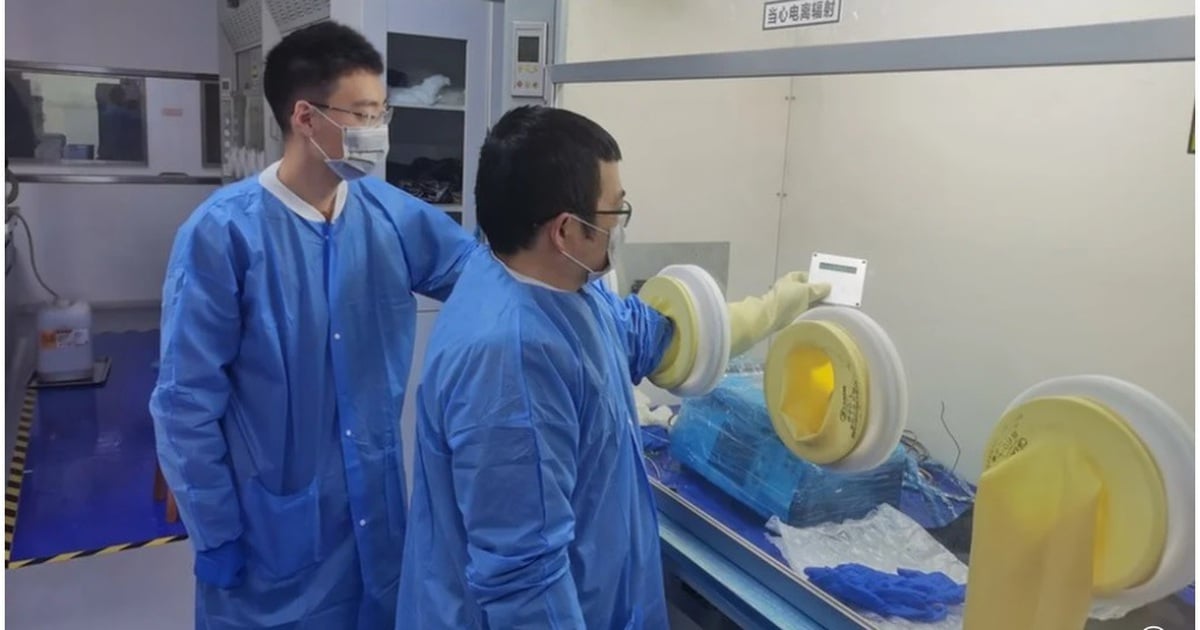

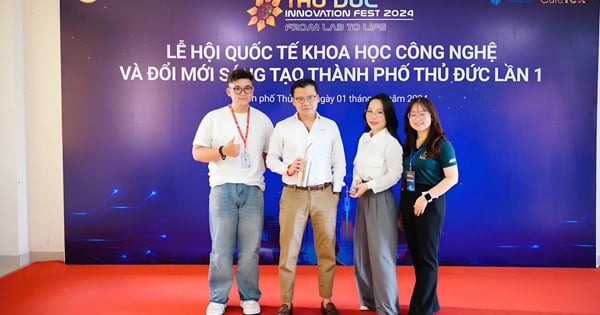
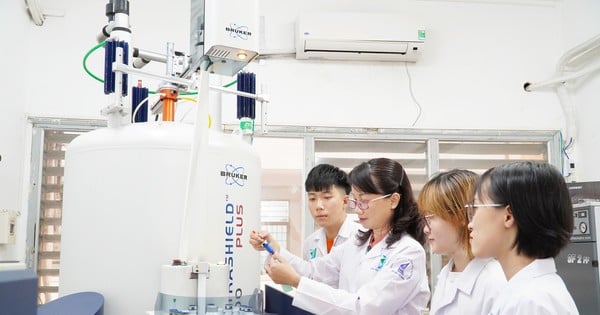


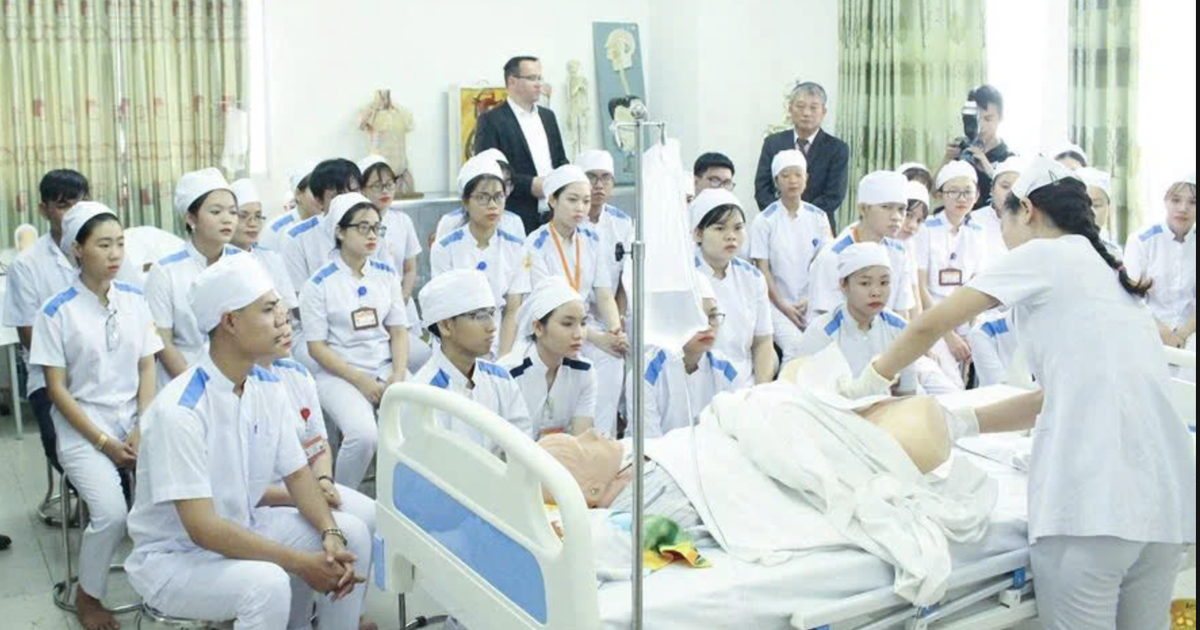


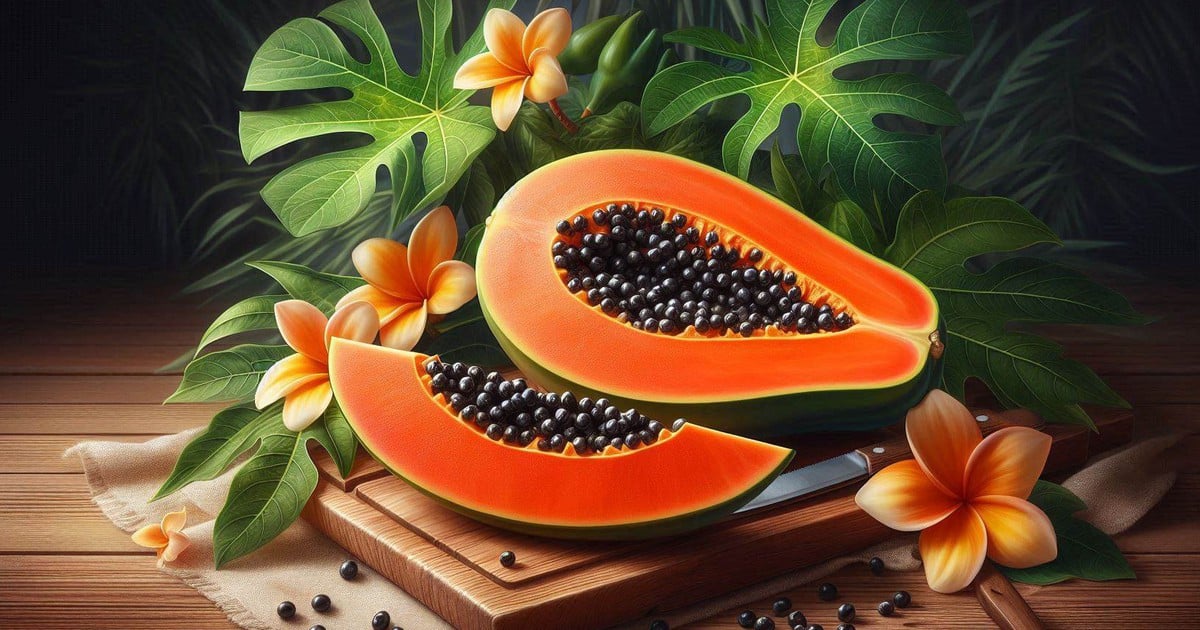


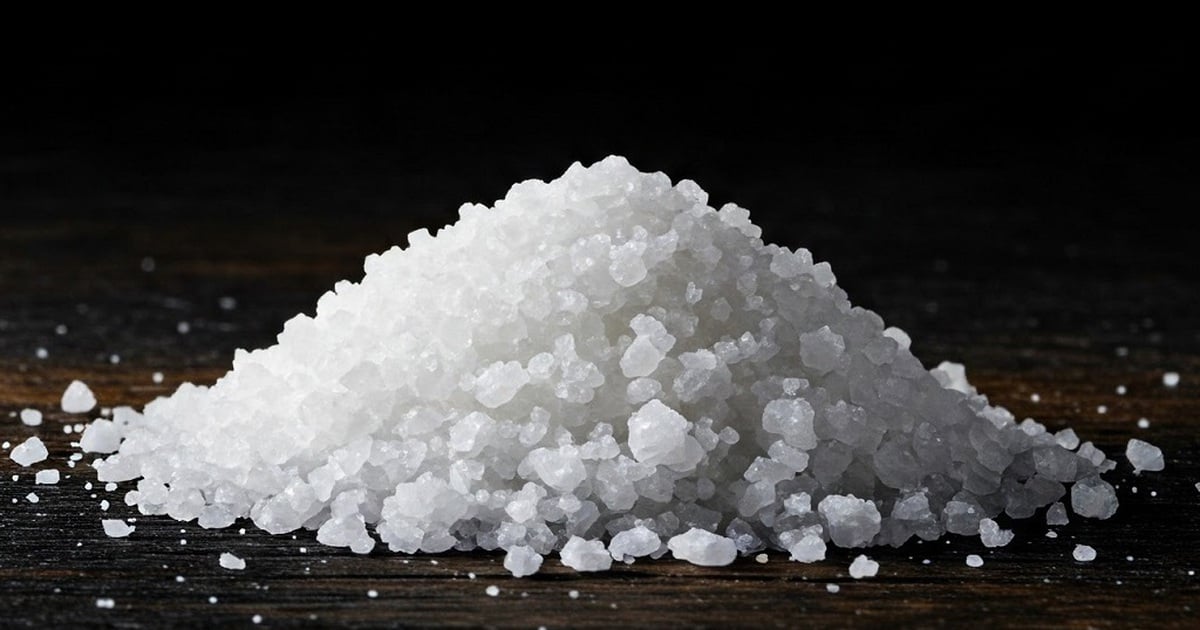


![[Photo] Dong Nai people warmly welcome the forces participating in the parade](https://vstatic.vietnam.vn/vietnam/resource/IMAGE/2025/4/5/ebec3a1598954e308282dcee7d38bda2)

![[Photo] Hanoi flies flags at half-mast in memory of comrade Khamtay Siphandone](https://vstatic.vietnam.vn/vietnam/resource/IMAGE/2025/4/5/b73c55d9c0ac4892b251453906ec48eb)











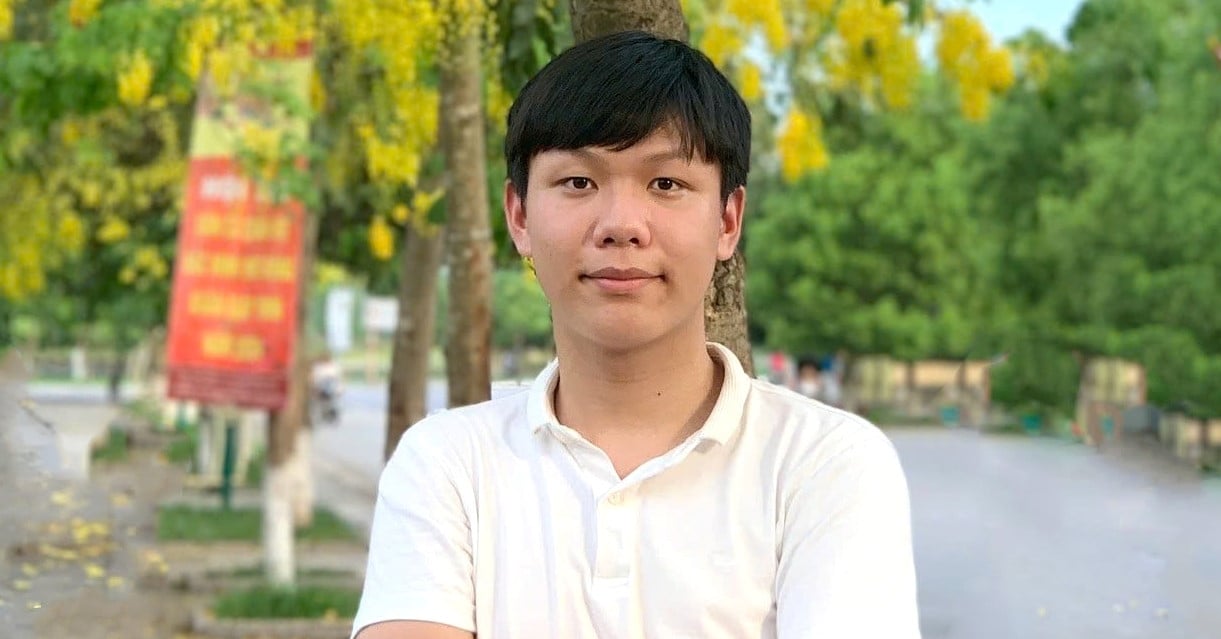






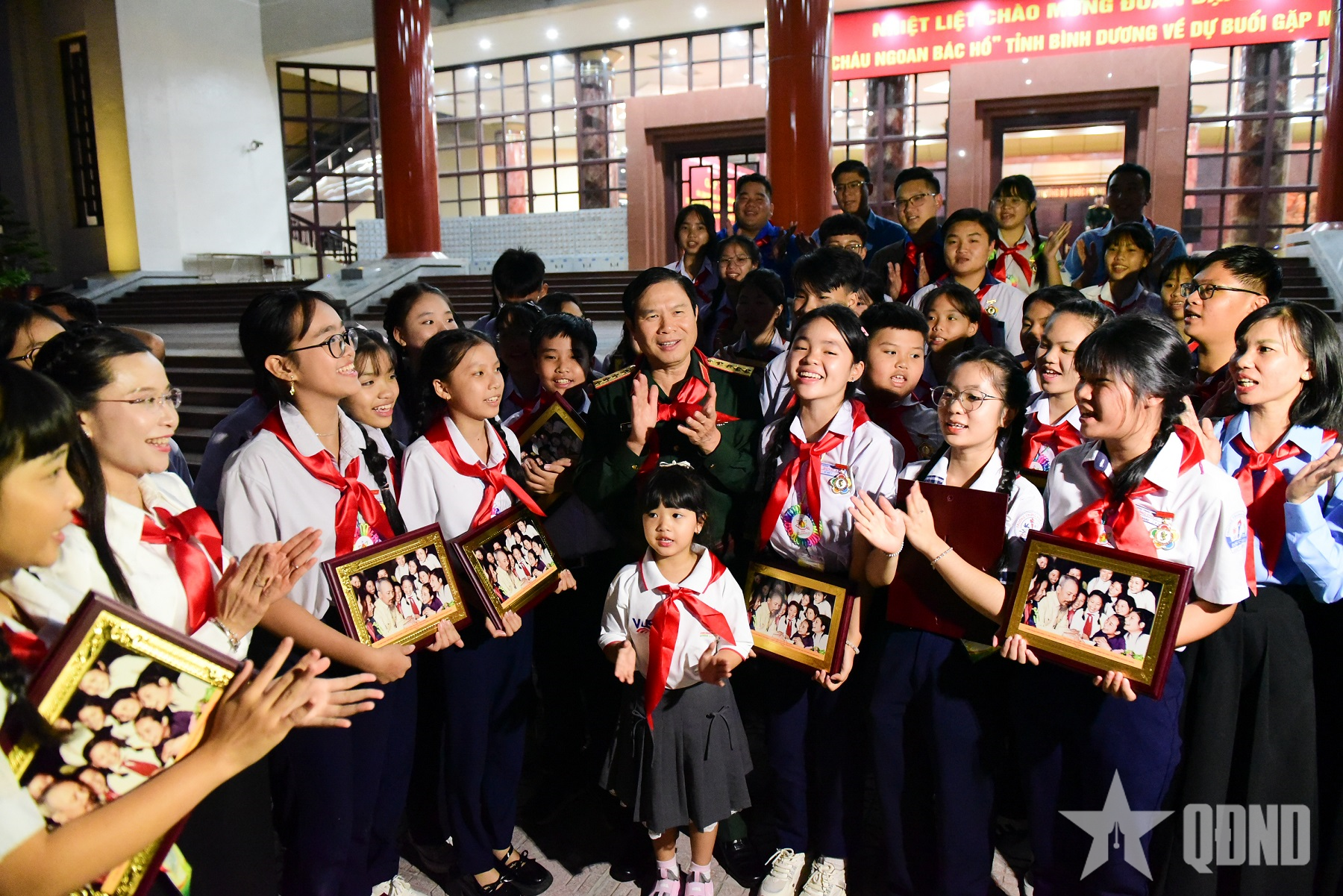

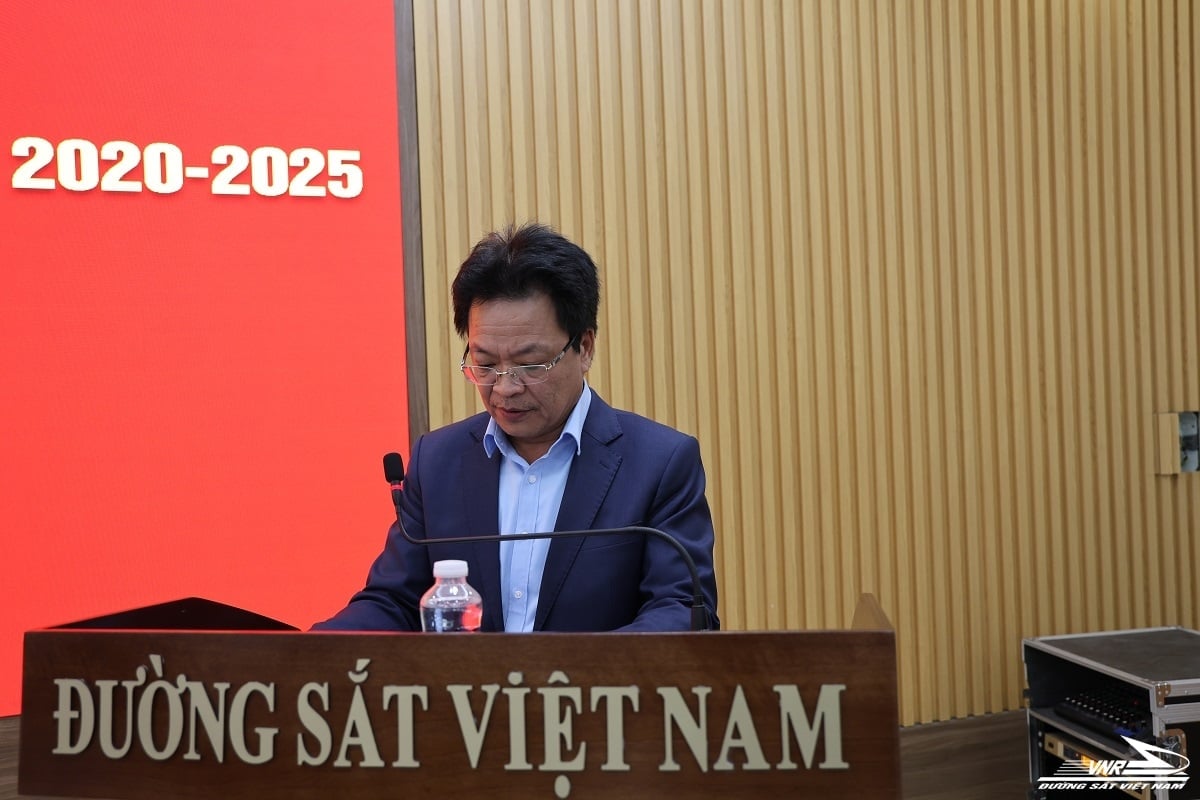

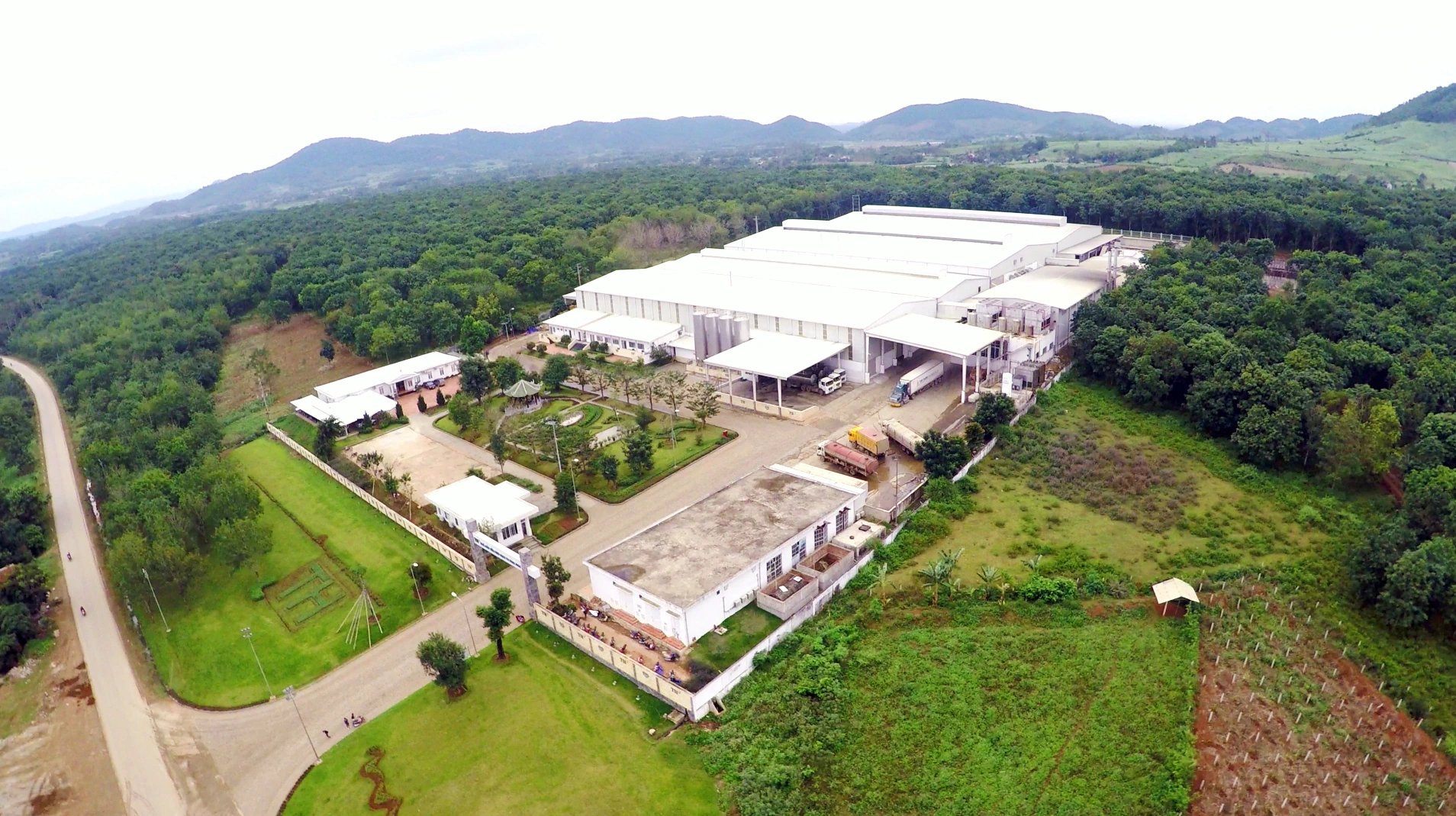

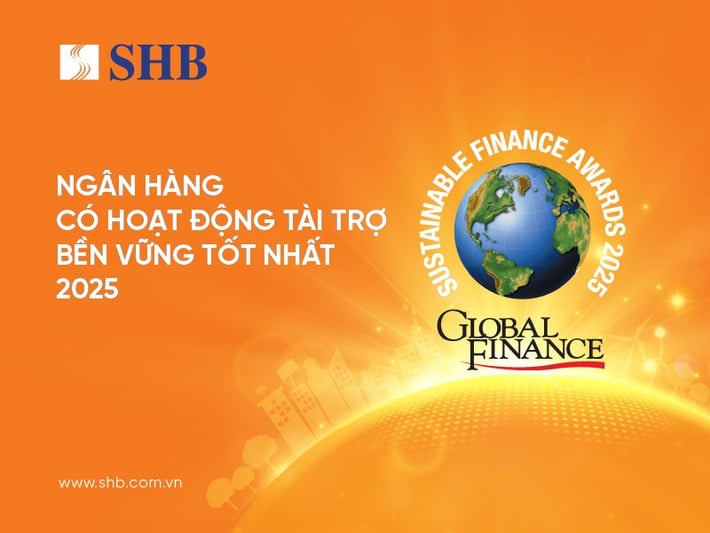




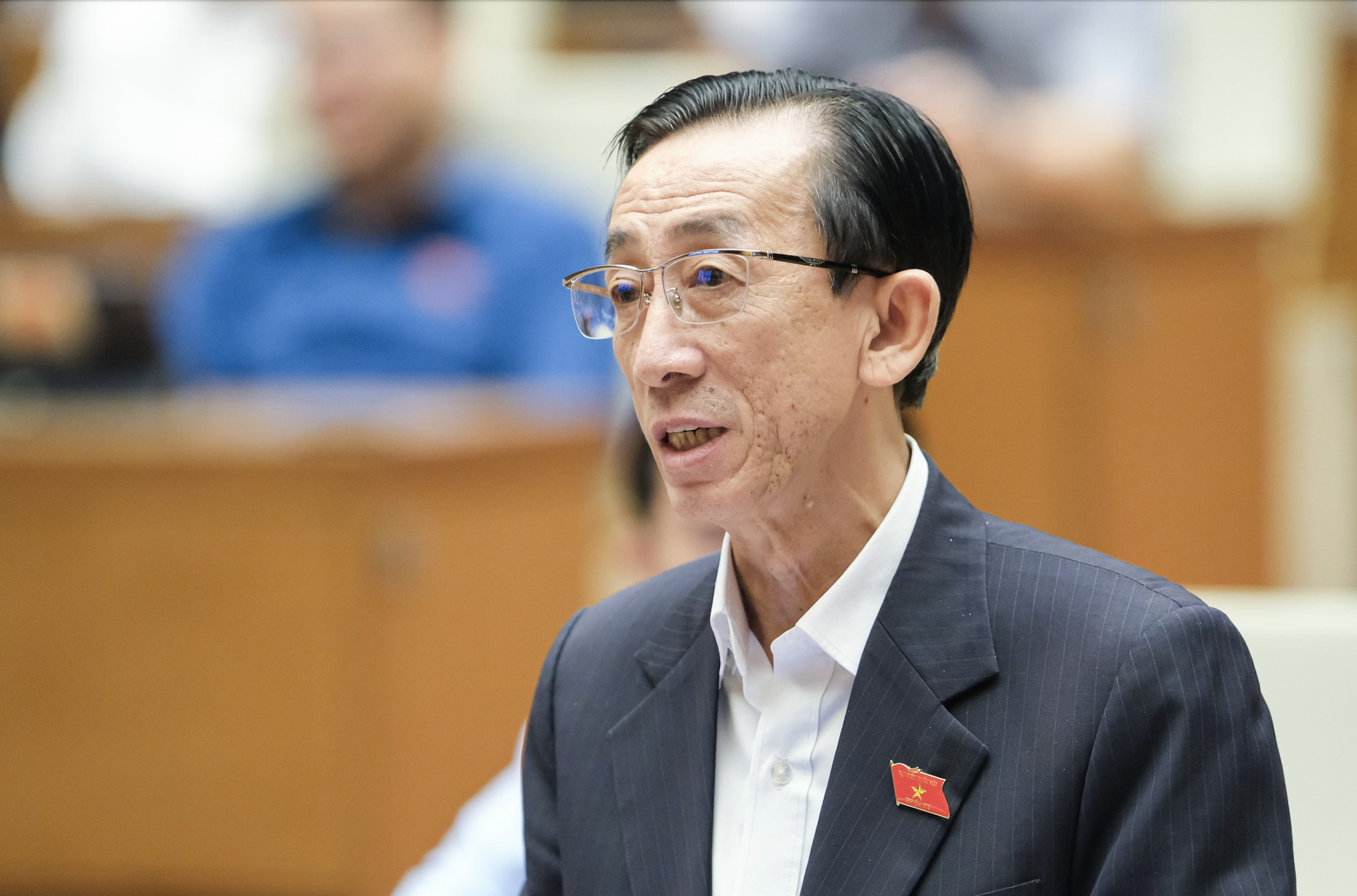





















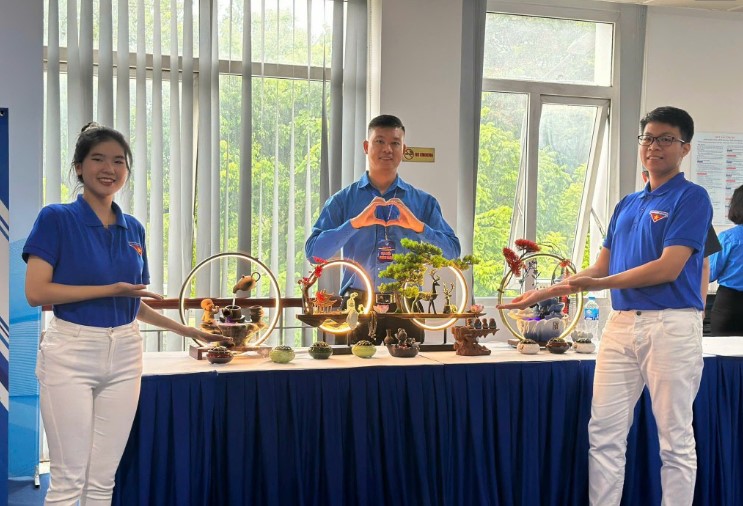






Comment (0)